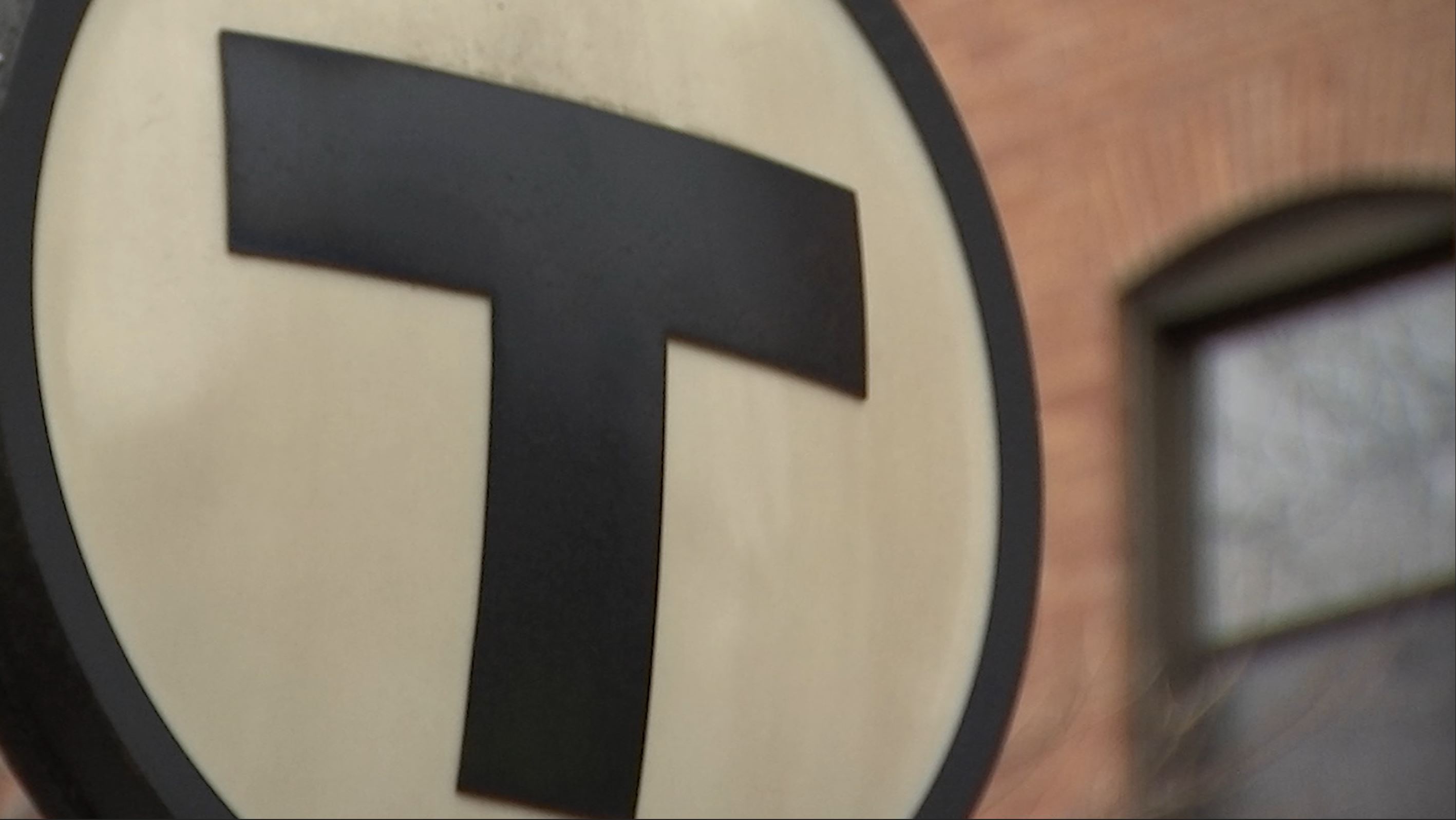The MBTA said work on slow zones ends Friday night, meaning the whole system will be moving full speed ahead this weekend.
Follow NBC10 Boston:
https://instagram.com/nbc10boston
https://tiktok.com/@nbc10boston
https://facebook.com/NBC10Boston
https://twitter.com/NBC10Boston
The MBTA will be entirely free of slow zones starting Saturday, with the agency’s Track Improvement Program coming to a close.
”We did the equivalent of 40 years of work in one year if we tried to do this on our normal overnights or day orders,” Phillip Eng, the T’s general manager.
WATCH ANYTIME FOR FREE
Stream NBC10 Boston news for free, 24/7, wherever you are. |
The Track Improvement Program started more than a year ago with 226 slow zones, prompting shutdowns on various lines as 541,000 feet of rail was replaced.
“We estimate about 2 million minutes a day collectively that’s what riders gain back so a huge credit to Phil Eng and his team at the T,” said Gov. Maura Healey.
Get updates on what's happening in Boston to your inbox. Sign up for our News Headlines newsletter.
The T says overall travel times are now faster. It’s 60 minutes faster on the Red Line, 21 minutes faster on the Orange Line, nine minutes faster on the Green Line and four minutes faster on the Blue Line.
“We’ve really turned the corner, and the slow zones are eliminated. I take the Red Line to get in the Boston on a fairly regular basis and you see the difference, going over the on Longfellow Bridge. It’s really a wonderful thing.”
Eng has been cited with turning things around at the T. But he says the workforce played a big role in helping to change the agency’s culture while hustling to get the job done.
“I feel good for our riders because they have endured a lot of years of speed restrictions, longer travel, and now we’re giving them something that’s safe, and reliable,” Eng said.
Everyone agrees there’s still plenty of work to be done. The GM says the next issue to be tackled will be the system’s aging signals.




